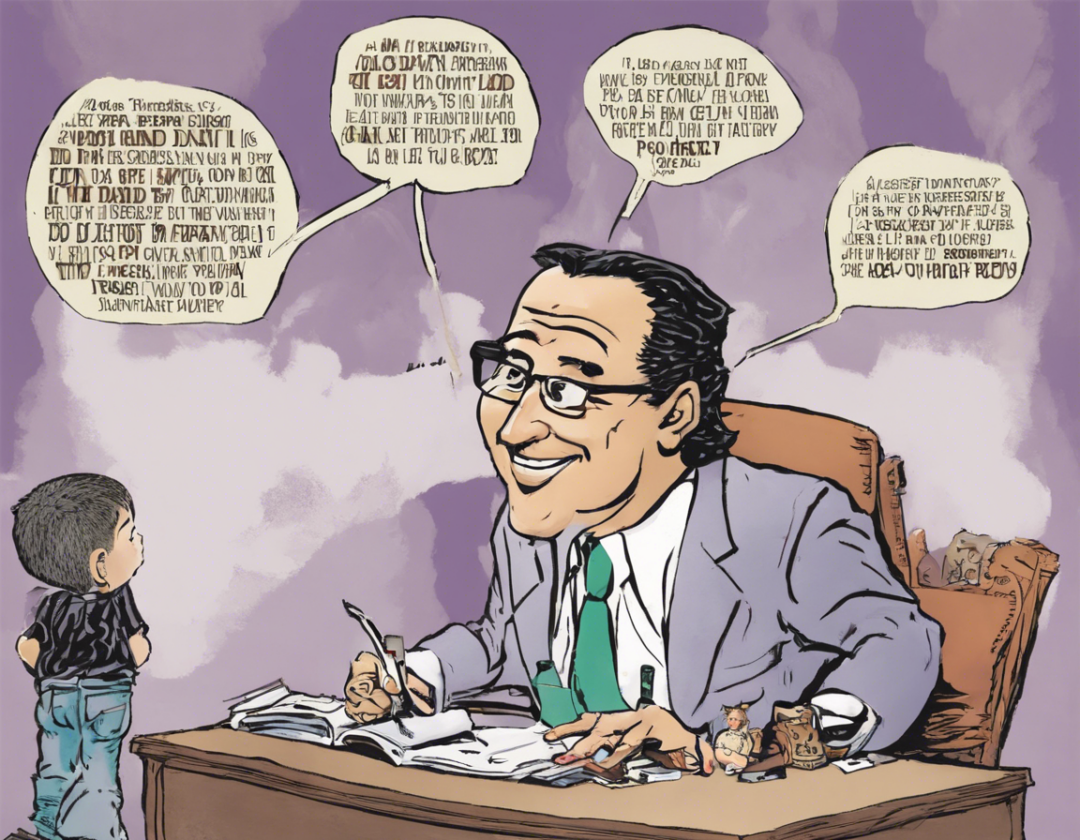Unlock Financial Wisdom: Rich Dad Poor Dad PDF Summary

Have you ever wondered why some individuals seem to effortlessly accumulate wealth while others struggle to make ends meet? The key might lie in understanding the principles outlined in Robert Kiyosaki’s groundbreaking book, “Rich Dad Poor Dad.” In this article, we will delve into a detailed summary of the key takeaways from “Rich Dad Poor Dad,” which can serve as a roadmap to financial success and empowerment.
The Story of Two Dads
At the heart of “Rich Dad Poor Dad” is the juxtaposition of Kiyosaki’s own “poor dad,” his biological father who followed traditional views on money, and his “rich dad,” his best friend’s father who imparted unconventional yet effective lessons on wealth accumulation.
Financial Education Matters
One of the cornerstone teachings of the book is the importance of financial education. Kiyosaki emphasizes that our traditional education system does not equip us with the necessary knowledge to navigate the complex world of money effectively. He argues that understanding concepts such as assets, liabilities, cash flow, and investing is crucial for building wealth.
The Rich Invest in Assets
Kiyosaki introduces the concept of assets and liabilities. While most people focus on acquiring liabilities that drain their finances, such as cars or large houses that come with hefty mortgages, the wealthy prioritize investing in income-generating assets like real estate, stocks, or businesses. Building a portfolio of assets is key to creating long-term wealth.
Mindset Shift: Thinking Like the Wealthy
Another key takeaway from “Rich Dad Poor Dad” is the importance of adopting a wealthy mindset. Kiyosaki highlights the difference in mindset between his two dads – the “poor dad” who viewed money as a scarce resource to be hoarded and the “rich dad” who saw opportunities for wealth creation everywhere. Cultivating a mindset of abundance and financial literacy is essential for achieving financial success.
Practical Tips for Financial Success
Pay Yourself First
Kiyosaki stresses the significance of prioritizing saving and investing by paying yourself first. Rather than saving what is left after expenses, make it a habit to set aside a portion of your income for investments before attending to other financial obligations. This disciplined approach can accelerate your journey towards financial freedom.
Embrace Failure as a Learning Opportunity
In “Rich Dad Poor Dad,” Kiyosaki advocates for overcoming the fear of failure. He views failures not as setbacks but as valuable learning experiences that propel individuals towards success. By embracing failure and using it as a springboard for growth, you can develop resilience and tenacity in your financial endeavors.
Seek Out Mentorship and Continuous Learning
Learning from those who have achieved success in the financial realm is crucial for your own growth. Kiyosaki credits much of his financial acumen to the teachings of his “rich dad” and encourages readers to seek out mentors who can provide guidance and wisdom. Additionally, he emphasizes the importance of continuous learning to stay abreast of financial trends and opportunities.
FAQs on “Rich Dad Poor Dad”
1. Is “Rich Dad Poor Dad” a true story?
While “Rich Dad Poor Dad” is based on Kiyosaki’s own experiences and the lessons he learned from his two influential father figures, some literary embellishments and creative license have been taken to convey the book’s messages effectively.
2. Can “Rich Dad Poor Dad” help me become rich?
While reading “Rich Dad Poor Dad” alone may not lead to instant wealth, the principles and mindset shifts advocated in the book can certainly set you on the path to financial success. Implementation of the strategies outlined in the book, coupled with diligence and persistence, can significantly impact your financial journey.
3. Is Robert Kiyosaki a credible financial expert?
Robert Kiyosaki is a controversial figure in the financial world, with critics questioning some of his investment advice and strategies. While opinions on Kiyosaki’s credibility vary, many readers have found value in the fundamental lessons presented in “Rich Dad Poor Dad.”
4. How can I apply the lessons from “Rich Dad Poor Dad” to my own life?
To implement the teachings of “Rich Dad Poor Dad” in your life, start by reevaluating your mindset towards money, distinguishing between assets and liabilities, and prioritizing financial education and investment. Creating a personalized financial plan based on Kiyosaki’s principles can help you make tangible progress towards your wealth-building goals.
5. Are there other books by Robert Kiyosaki that I should read?
In addition to “Rich Dad Poor Dad,” Robert Kiyosaki has authored a series of books that delve deeper into specific aspects of financial literacy and wealth creation. Titles such as “Cashflow Quadrant,” “Rich Dad’s Guide to Investing,” and “Rich Dad’s Increase Your Financial IQ” offer further insights into building sustainable wealth.
In conclusion, “Rich Dad Poor Dad” serves as a beacon of financial wisdom, challenging conventional beliefs about money and offering a roadmap to financial empowerment. By embracing the principles outlined in the book, cultivating a wealthy mindset, and taking proactive steps towards financial education and investment, you can pave the way for a more prosperous and fulfilling financial future.








